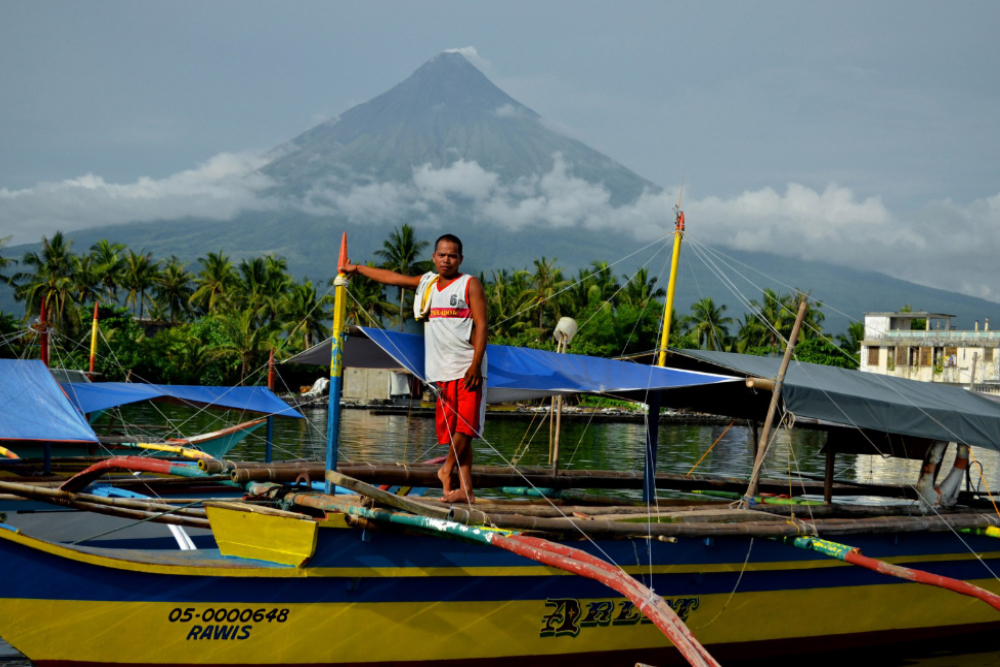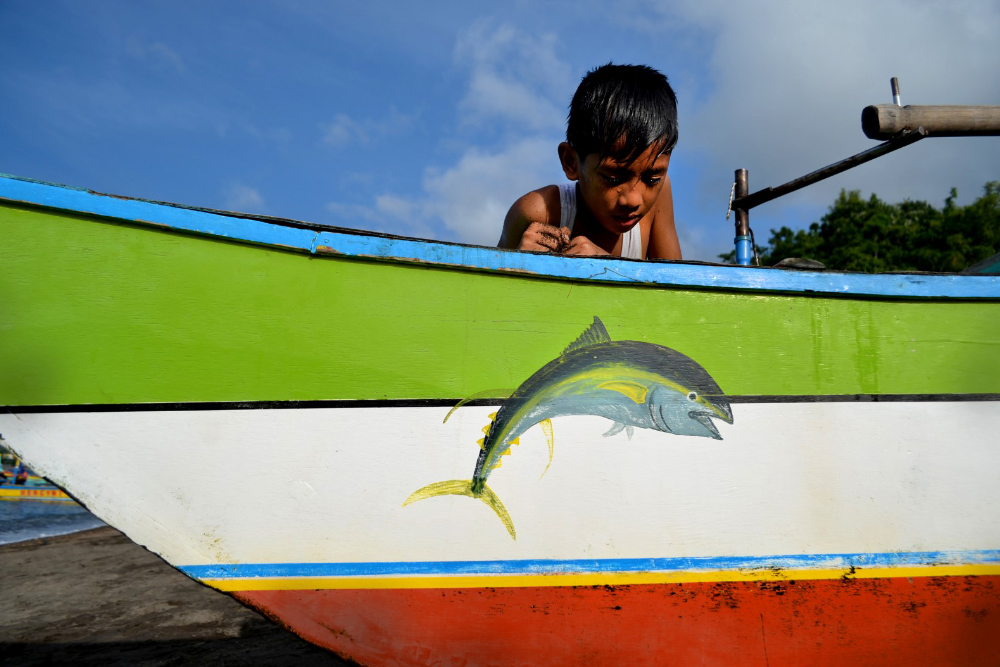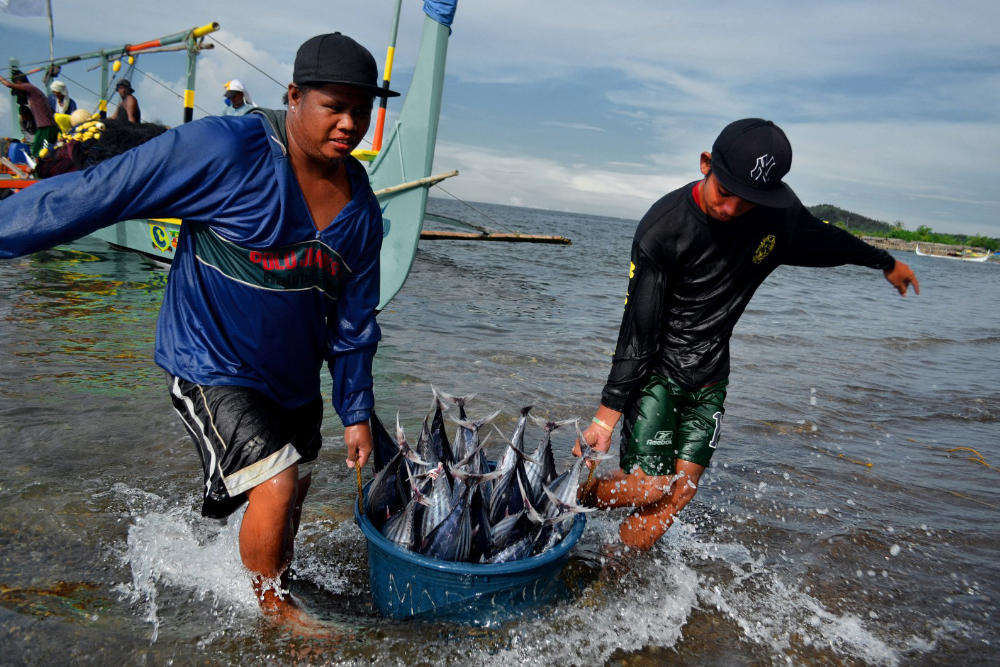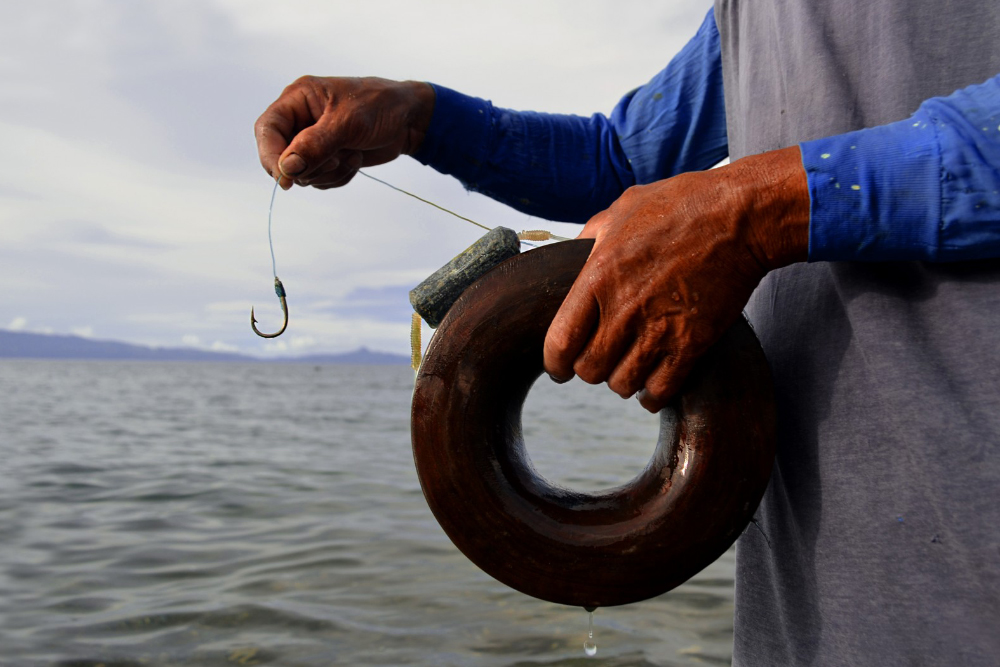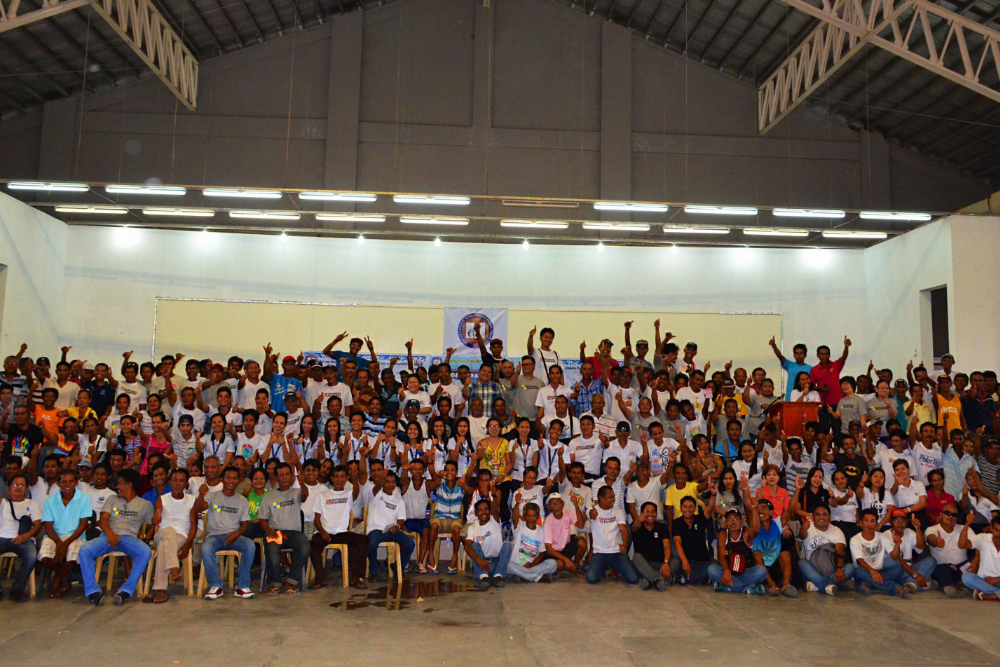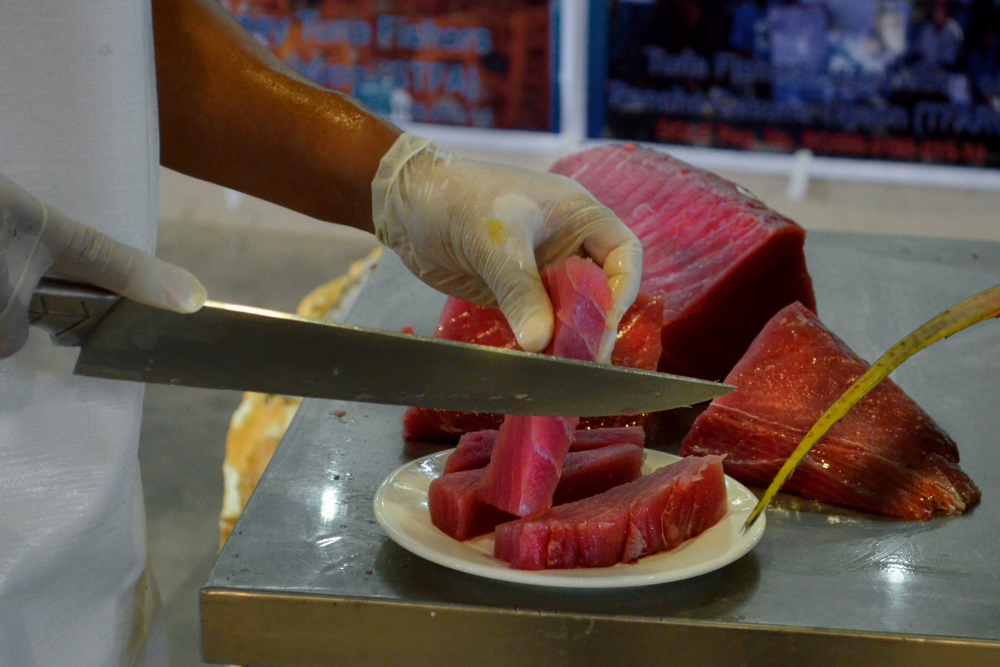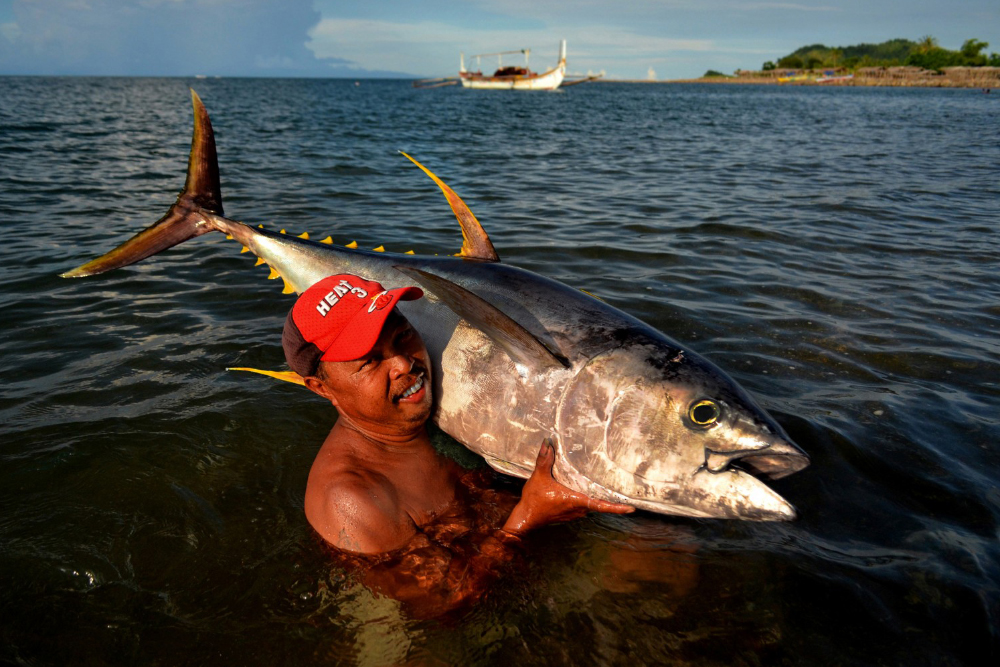Late afternoon and we’re holed up in a hut along the coast of Tiwi in Albay, trading fish tales and waiting for fishermen to return. Sitting around us are their wives, mending nets and eyeing the swelling crowd of kids cajoling in the surf. It is June, the season for yellowfin tuna. The first of the bancas arrive, unloading a decent haul of pundahan or skipjack – small, striped tuna which have proven surprisingly resilient to commercial fishing. Bancas two and three return empty-handed while a fourth disgorges a tub of galunggong or scad. Just one bankulis or yellowfin tuna has been landed, hours earlier. She tipped the scales at 39 kgs, golden sickle-fins resplendent even in death. We wait until the sun dips into the sea, but no more tuna come…
“The Lagonoy Gulf is the Bicol region’s richest tuna site – but it is heavily overfished,” explains BFAR National Stock Assessment Project Head Virginia Olaño. “Two decades ago, fishers regularly caught large yellowfin. In 1998, a fisherman landed a 196 kilogramme giant, long as a car and fat as a drum. Now yields are waning and yellowfin average just 18 to 35 kilogrammes – meaning juveniles have replaced adults.”
Though yellowfin tuna are highly-prized, they are far more than mere seafood. Top predators in the marine food chain, they maintain the balance between oceanic predators and prey. “Today the Lagonoy Gulf’s most common fish are anchovies,” warns Olaño. “There aren’t enough predators to eat them – because we’ve eaten most of their predators.”
FIRST GULF-WIDE MEETING OF TUNA FISHERS
To stop overfishing and help manage existing tuna stocks in Bicol, the World Wide Fund for Nature (WWF), Bureau of Fisheries and Aquatic Resources (BFAR), plus the Philippine Council for Agriculture and Fisheries (PCAF) convened the first meeting of the Gulf of Lagonoy Tuna Fishers Federation (GLTFF), comprised of the coastal municipalities ringing the Lagonoy Gulf – 3070-square kilometres of sea separating the Bicol mainland from the storm-swept island of Catanduanes. Over 500 people attended Bicol’s first large-scale gathering of fishers, held at the Lagman Auditorium of Bicol University’s Tabaco Campus.
“We’ve waited three years to formalize this federation, which covers 2000 tuna fishers in the Lagonoy Gulf,” says BFAR Assistant Regional Director Marjurie Grutas. “GLTFF aims to synergize fisheries management while optimizing cooperation, knowledge-sharing and enforcement. We aim to eliminate illegal fishing, minimize the capture of juvenile tuna and drive commercial fishers away from municipal waters – the three leading causes of overfishing.”


